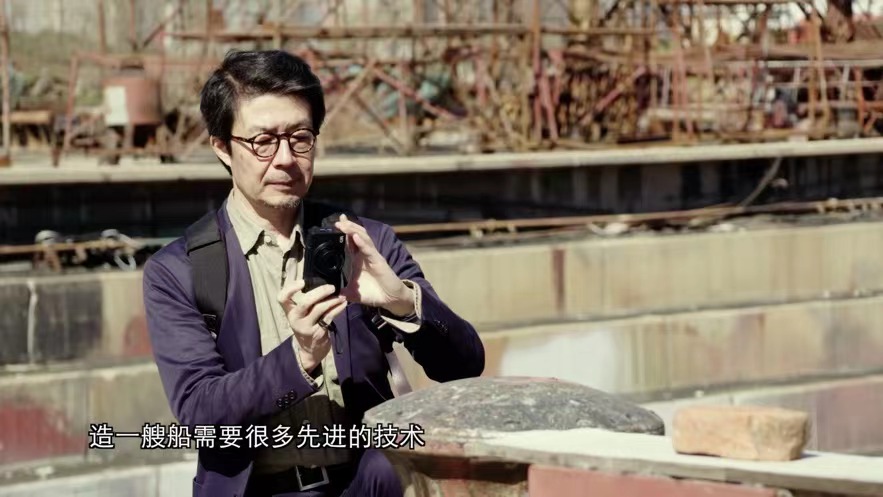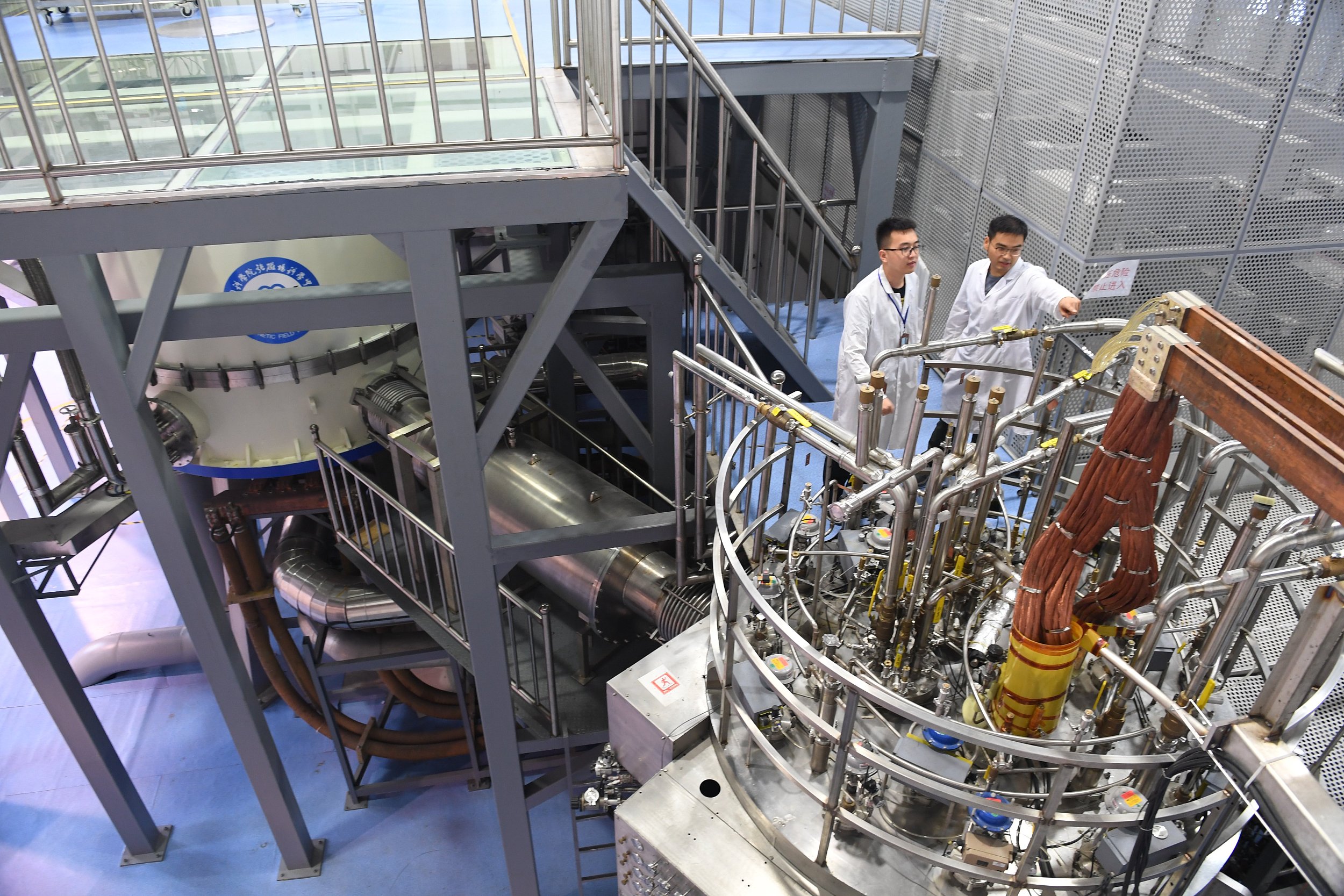Long Journey Toward Protecting Cultural Heritage

Professor Nobuo Aoki. (COURTESY PHOTO)
By LONG Yun & BI Weizi
Nobuo Aoki, a distinguished Japanese professor at the School of Architecture, Tianjin University, has devoted 16 years to cultural heritage conservation in China.
As a champion of global efforts and interdisciplinary exchanges, Aoki spoke about his story and visions for cultural heritage conservation with Science and Technology Daily recently via video.
The journey begins
Aoki began his China story in 1985. As a graduate student, he participated in a cooperative program between the University of Tokyo and Tsinghua University, focusing on an architectural history survey of coastal cities in East Asia. "It's fascinating for me to study architectural history from an East Asian perspective," he said. Little did he know, however, that he would one day be on the road to preserve China's cultural heritage.
Initially, Aoki was unsure of how long he would stay in China. The urbanization process was accelerating in China at the time, and he believed that many cultural heritages required immediate protection. Aoki's path seemed to head inexorably to Tianjin, a city renowned for its combination of Western-style architecture and Chinese cultural heritage, which also served as a motivator to convince him to stay.
Despite the challenges experienced at the beginning of his mission in Tianjin, Aoki seemed highly determined to succeed. In 2006 he published an article detailing his three suggestions for cultural heritage protection, which included building a research center for international collaboration, converting more protection programs into practices, and cultivating talent with global perspectives.
In 2008, Tianjin University formally established an International Research Center for Chinese Cultural Heritage Conservation, and Aoki was appointed as director.
Progress through global efforts
Among Aoki's accomplishments, the establishment of the International Research Center for Chinese Cultural Heritage Conservation was regarded as a trailblazing initiative. Currently, utilized for scientific research, teaching and as a think tank, the center has conducted multiple international exchanges with organizations and universities like the University of Tokyo, Politecnico di Milano, National University of Singapore, and UNESCO.
Aoki used the Maijishan Grottoes protection plan he once presided over to explain the center's positioning further. As a world cultural heritage site, Maijishan Grottoes is the product of joint application and protection by China, Kazakhstan and Kyrgyzstan. "This [type of] multi-national cultural heritage protection mechanism is symbolic and will become more common," he said.
He firmly believes that collaboration is the key to achieving disruptive and revolutionary breakthroughs. He also maintains that global efforts are needed to trace the origins of Chinese civilization.
Speaking of Sino-Japanese cooperation, Aoki said these two countries share broad prospects in cultural heritage protection, especially in the field of grotto conservation. "I will continue to make a contribution to the protection of China's cultural heritage and give more impetus to Japan-China exchanges and cooperation in this field," he said.
A sense of responsibility
It is difficult to overlook Aoki's contribution to conserving Tianjin's Dagu Dockyard, an industrial heritage site.
Beiyang Navy Dagu Dockyard, one of China's oldest industrial heritage relics, was the first modern shipyard in northern China. During the construction of the Tianjin Binhai New Area in 2008, a central avenue was planned to run through the area, placing it in jeopardy of destruction.
By the time Aoki discovered the demolition plan by accident, it had been approved by the relevant authorities and was awaiting assessment by cultural heritage experts.
Aoki concluded after an intensive analysis that the new project would harm Dagu Dockyard, which has unique historical significance. Through the efforts of Aoki and other cultural heritage experts and officials, Dagu Dockyard ruins was designated a nationally protected cultural site in 2013.
Aoki recognizes the importance of exchanges and communication in the academic realm. He also places a premium on the interaction between academia and the public, as he is a great proponent of tearing down the walls that separate academic disciplines.
Recently, Aoki has been thinking about ways to make his research more accessible to a broader range of people. He said the answer is to jump out of his own profession and seek more connections with other academic fields.
Today, Aoki has fulfilled all three of his previous academic goals. He has successfully helped China complete many applications for world cultural heritage listings and worked on several projects at cultural sites with national-level protection. In 2019, he was bestowed with the Chinese Government Friendship Award, the highest honor for foreign experts who have made a tremendous contribution to international exchanges.When asked for a comment on his work, he was as humble as ever and gave it an 80 out of 100 ratings.


